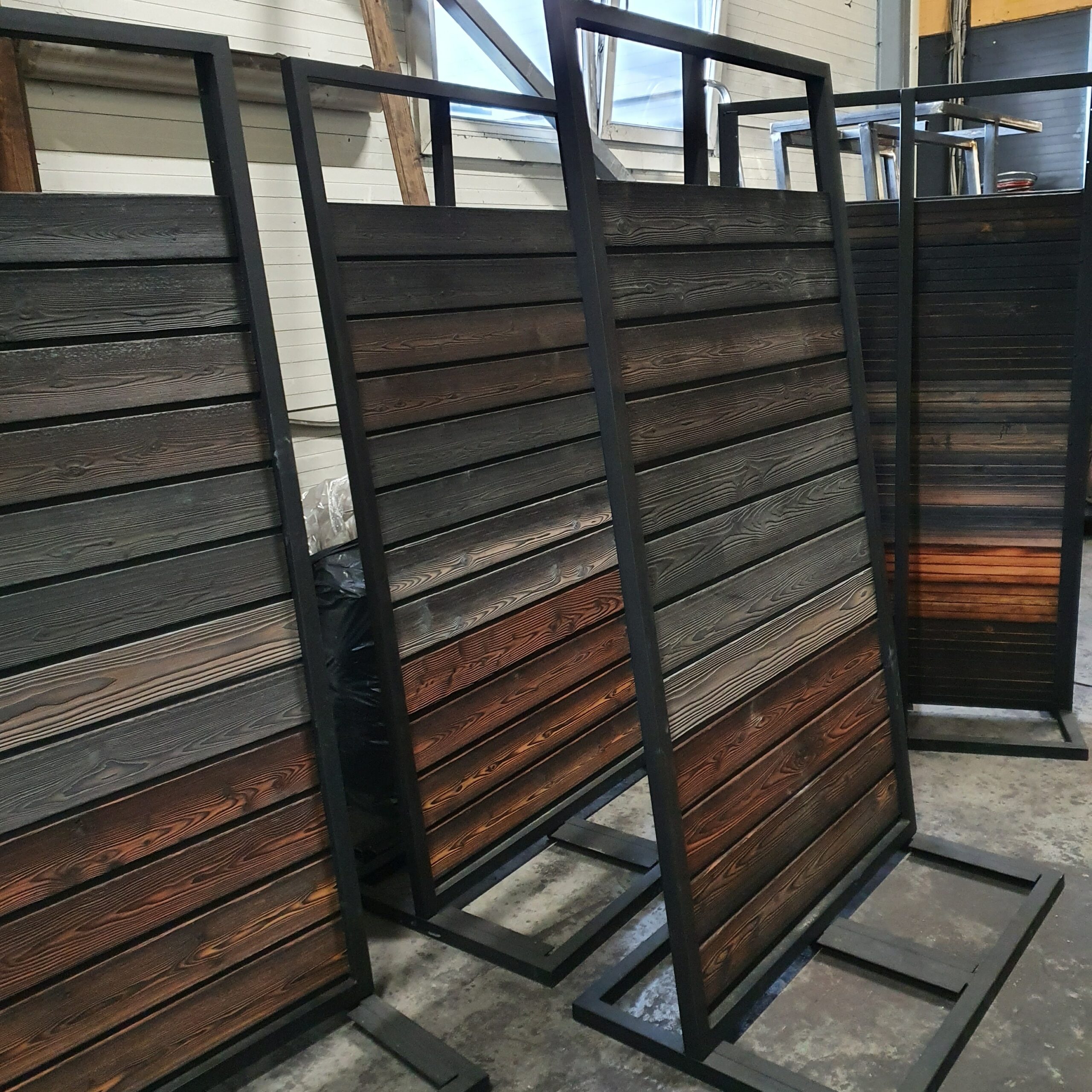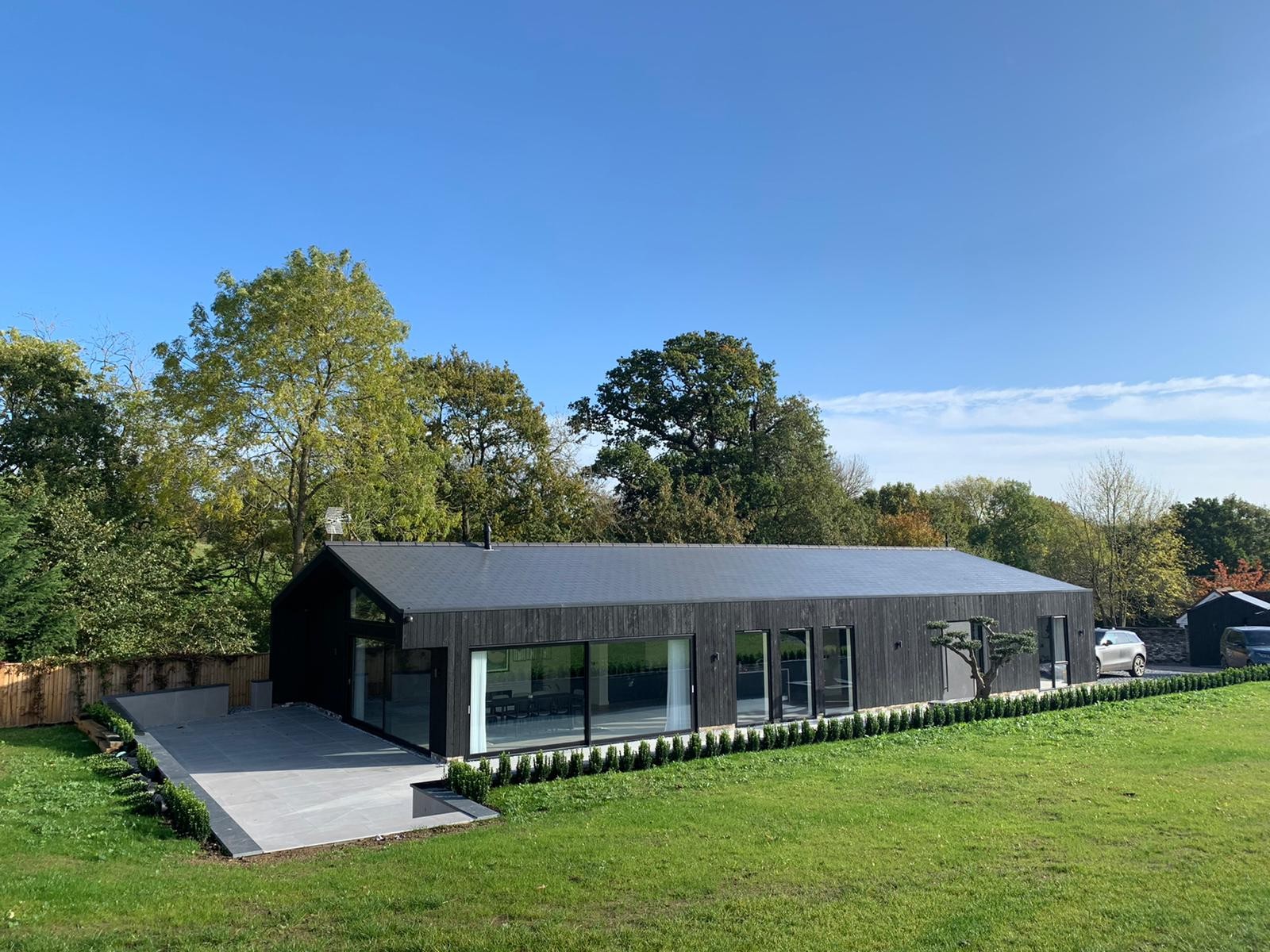Top 5 Facade Cladding Ideas
Whether it’s a modest one-story house or a twelve-hundred square-meter mansion, the sides of a building are its public face – it’s what’s shown to the world. As such, it needs to look its best, and “put its best foot forward,” to use an idiom. Facade cladding is an important step in accomplishing a two-fold purpose: it protects a home from the elements, while also enhancing its visual appeal.

While visual style may not always be the first thing that comes to mind when choosing the cladding type, it is an essential part of the equation. The visual style of a facade can affect the mood and “energy” of people coming and going, and can influence the overall atmosphere of the building.
What is Facade Cladding?
Facade Cladding is the process of adding outer layers to the external sides of a structure. Think of it like placing a second skin onto a house. As mentioned above, this second skin has the added benefit of being a second protective layer against rain, wind, snow, heat, and cold. This second skin can also affect the aesthetic quality of a home – making it look magnificent if done right.
With so many options to choose from, it can be helpful to have some inspiration to get things started. Here are the top five facade cladding ideas to make any home look great!
1. Aluminum
Typical style: Retro 80’s American
Quick review: for those who want that retro look, and don’t mind a few nicks and dents.
Details: The first of the metal facade cladding materials, aluminum is most commonly used if water damage is a concern. Because aluminum is resistant to water, is does not mold or rot. However, aluminum can be easily damaged from a flying piece of debris or even a stray bird. If aluminum is going to be used in a wide-open, uncontrolled space where such things are more likely, it may be better to choose a different material.
Also, while aluminum does not mold or rot, it can rust. Extra care must be taken during installation to ensure that the seals are completely intact so that no moisture can enter. After installation, regular maintenance must be performed on the sealant to ensure that it remains unbroken.
2. Stone
Typical style: Classic Natural
Quick review: For the nature buff that doesn’t mind heavyweight and a heavy price tag.
Details: Stone cladding has a lot of things going for it: it’s strong, it’s attractive, and it’s unique. Unfortunately, it also has a lot of negatives: it’s heavy, it’s costly to purchase, and equally expensive to install. Even with faux stone siding, the cost is still higher than the average budget would allow.
Ventilation and moisture can also be problems with stone cladding. Areas with a hot climate should generally avoid stone siding altogether, as mold problems will likely ensue, causing a lot of problems.
3. Steel
Typical style: Various
Quick review: The look can be changed for a price. More robust than aluminum, but comes with an increased price and weight.
Details: Steel cladding is the second metal material on our list, and it’s an interesting one. Steel shares some properties with its aluminum cousin while avoiding some of its weaknesses. Steel, like aluminum, is resistant to water and doesn’t bend or dent nearly as easily as aluminum does. Steel can also be decorated and painted to take on a different look, such as wood, or even vinyl.
Not everything is perfect with steel, though. As with stone cladding, steel is heavy. This weight can cause all sorts of problems. From the increased cost to the extra load on the home’s foundation, these are issues that need to be taken into account with steel.
4. Clay
Typical style: Modern
Quick review: More elegant than vinyl, but still carries some heft. Suitable for hot weather.
Details: Clay is one of the newer kids on the block when it comes to siding choices. To the untrained eye, it looks similar to aluminum, though clay has a bit of a brighter flare to it. The main benefit to clay siding is not so much its visual appeal, but its insulation properties. Clay siding is very good at repelling heat, which makes it a smart choice in warm climates.
In what seems to be a recurring phrase in this list, though, lies the main disadvantage of clay, which is its weight. While not as heavy as stone or steel cladding, clay is still quite hefty. An inspection may need to be performed to ensure the structure can support the weight of the clay siding.
5. Charred wood
Style: Various
Quick review: Elegant, unique, durable, and light. Suitable for all sorts of homes, with an outstanding price/performance ratio.

Details: A unique option on this list is charred wood (Japanese: Shou Sugi Ban or Yakisugi). This is an ancient art of preserving and strengthening wood that requires expert skill and craftsmanship. Through the process of Shou Sugi Ban, the wood is very precisely burned and treated according to time-honored Japanese tradition. The result is a fire-resistant wood that is extremely resilient to weather and the elements, often lasting decades – up to 100 years.
The charred wood creates a beautiful and elegant visual style that is unique to each type of wood. Therefore, a different look and style can be achieved simply by using different woods.
One downside to Shou Sugi Ban is that the process requires real expertise to prepare the wood, and some practitioners charge an arm and a leg. This is not a problem, though, because Degmeda offers traditional and timeless wood-charred products. You’ll find the ideal options for siding, flooring, fencing, decking, and other indoor or outdoor projects. Contact us to receive the best possible price with exquisite quality.
The Finishing Touches
Facade cladding can figuratively and literally make or break a home, both from a visual standpoint and even from a structural one. This is why having all the essential information and a good starting point is so important. Contact Degmeda today and take the first step towards a beautiful finish.